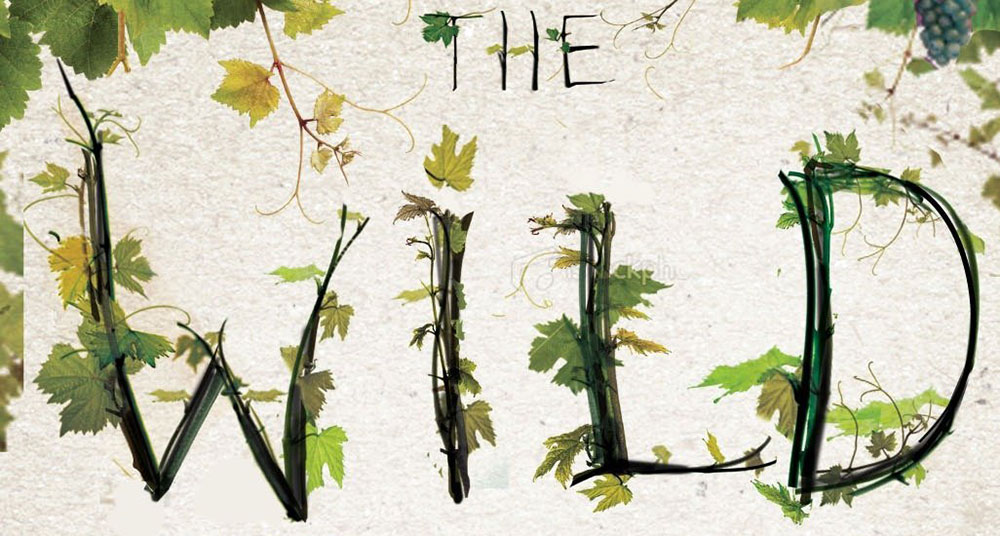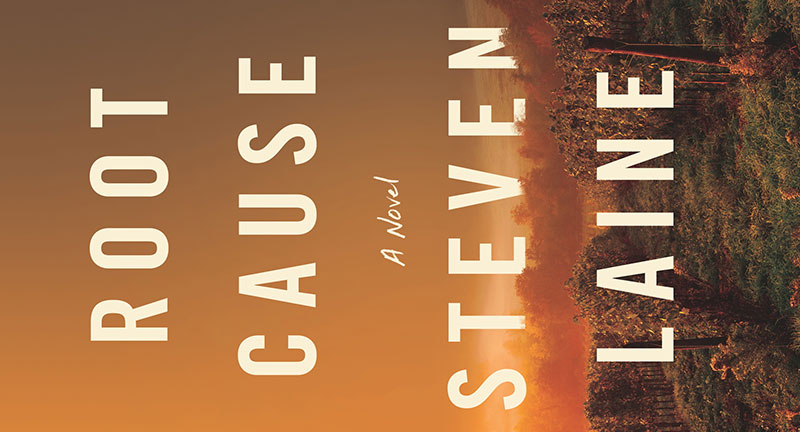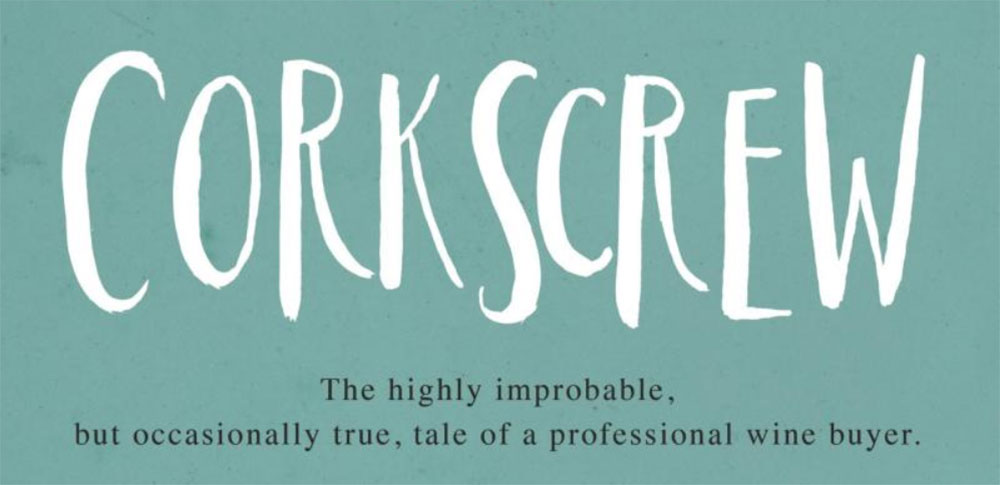Here we have the memoir of Peter Vinding-Diers, a winemaker whose career has spanned over half a century–to date. Why the title of “Viking in the Vineyard“? That’s due to the fact he’s originally Danish although he’s been very much unhindered by his native land’s lack of quality wine and has worked and/or owned wineries in South Africa, Australia, Spain, France, and Italy. There is a however a quieter subtitle on the cover which is “Stories from a revolutionary winemaker” and that’s the part which is going to be of […]


